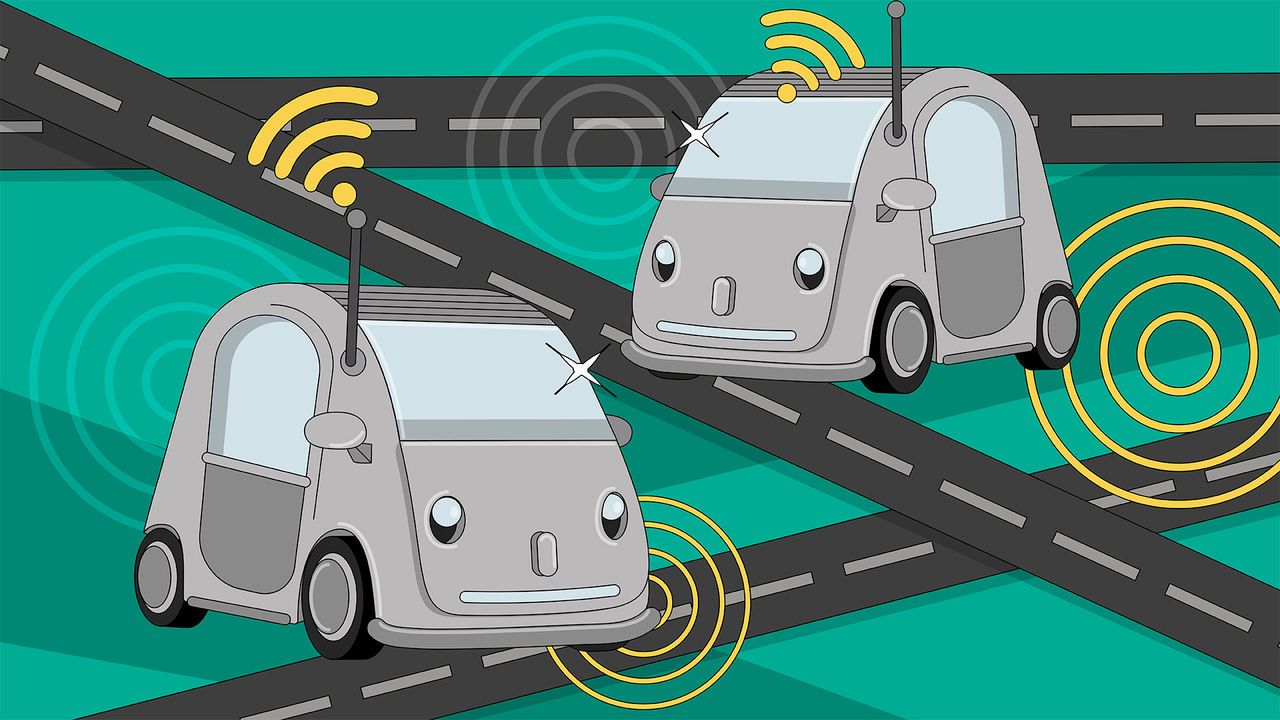Self-driving cars are slowly moving forward
Having kept riders waiting for years, they are finally arriving

By Simon Wright
A high-performance sensor is not needed to detect the list of missed targets for the widespread adoption of self-driving cars. General Motors once promised autonomous vehicles (avs) in abundance by 2019. Ford and Lyft, a ride-hailing firm, had reckoned 2021 was more plausible. For a decade, Elon Musk has loudly proclaimed that fully autonomous Teslas were a year away at most. Taking a nap behind the wheel on a tediously long drive remains a distant dream. But broad adoption of AVs will inch closer in 2024.
In the coming year robotaxis will spread beyond test zones and powerful self-driving features will become available to more motorists. The pursuit of autonomy has split into three camps: firms working on fully autonomous robotaxis; carmakers focused on various forms of driver assistance; and Tesla, which does its own thing.
This article appeared in the Business section of the print edition of The World Ahead 2024 under the headline “Wheels within wheels”
